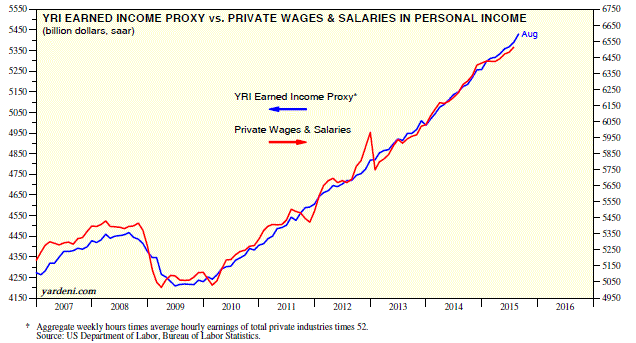

If charging directly, the borrower pays for the broker fee or origination fee, loan processing, and so on.

In other words, they either charge you directly to close the loan or they get paid by the lender and you pay for that commission indirectly (not out-of-pocket at closing) via a higher interest rate.

That doesn’t mean they can’t still make a lot of money per loan, it just means the way they can get paid via the wholesale mortgage channel has been limited. The Fed came in and changed all that by effectively banning yield spread premiums, and now mortgage brokers can only get paid by the borrower OR the lender, not both. So depending on where the loan is placed their commission could vary from loan to loanĪs noted, the controversial practice outlined above was outlawed in 2011.They may have a different compensation package with each lender.Instead they have to choose how they want to be compensated, by the borrower or lender.Brokers can no longer get paid twice on a single loan.How Mortgage Broker Compensation Works Today In hindsight, it probably didn’t matter because most of those loans didn’t last more than a few years (or months) before they were refinanced or foreclosed on. Had the broker just charged the upfront fee and nothing else, the borrower may have received a mortgage rate of say 4% instead of 4.5%. In other words, the borrower was saddled with a higher rate for the life of their loan and may have also paid a commission upfront, without realizing it. The beauty of it was the yield spread premium came in the form of a higher mortgage rate, so it didn’t even look like a fee or a cost to anyone – it just meant the borrower had a slightly higher mortgage payment for the entire loan term.

You’d hear about them asking for “max rebate” on the back end, which was the limit wholesale lenders would pay out, while still convincing the borrower to pony up an origination fee on the front end.Īs a result, brokers could essentially be paid twice for the same transaction. Prior to the housing crisis, it wasn’t unheard of for brokers to make massive commissions like this. If we’re talking a $500,000 loan amount, that’s anywhere from $15,000 to $25,000 per loan!Īnd it could be even higher for jumbo loans. They could also collect money on the front end of a loan via out-of-pocket closing costs like loan origination fees and processing costs, which the borrower paid directly.įor example, back in the day it was possible for a broker to charge one (or more) mortgage points upfront for origination, receive another two points on the back from the lender, and also tack on things like loan processing fees.Īll told, they could make three to five points on a mortgage, aka 3-5% of the loan amount. YSP was also referred to as “par-plus pricing”, “rate participation fee”, “service release fee”, and many other variations.īrokers had the ability to make several points on the back end of a loan, potentially earning thousands of dollars, sometimes without the borrower’s knowledge. In short, the higher the interest rate, the more YSP the broker would receive from the lender. Simply put, they could charge a loan origination fee directly to the borrower and also get paid by the mortgage lender via a yield spread premium (YSP), which was the commission the bank or lender provided in exchange for a mortgage rate above market. In the recent past (before April 1, 2011), mortgage brokers could make money on both the front and back end of a mortgage loan.


 0 kommentar(er)
0 kommentar(er)
